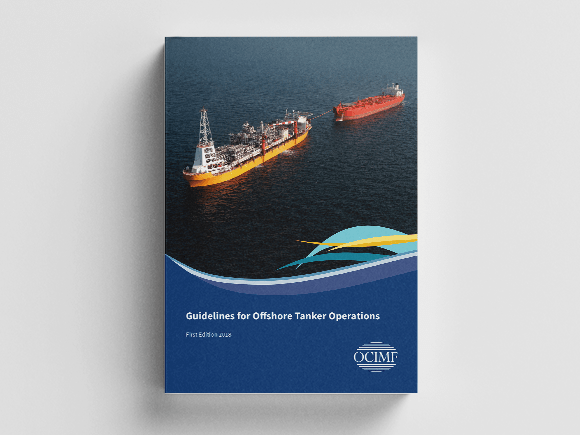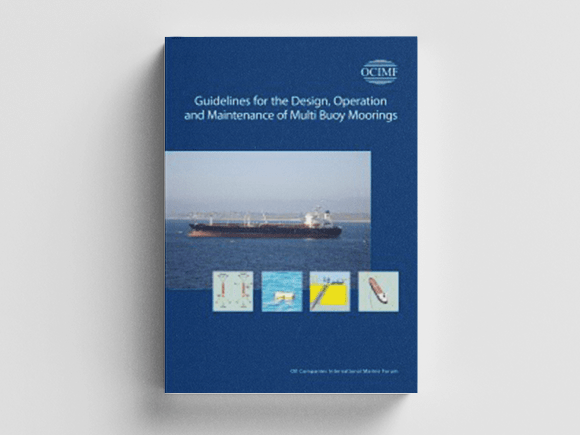Mooring a ship to a berth is a common function for the maritime industry, however incidents that harm ship and terminal personnel still occur.
This publication establishes recommended minimum requirements that will help ship designers, terminal designers, ship operators and mooring line manufacturers improve the design, performance and safety of mooring systems.
The updated MEG4 represents the output of a multi-discipline working group representing members of various shipping trade organisations, mooring line manufacturers, equipment suppliers, shipyards, and OCIMF members.
New chapters and key changes include:
- Enhanced guidance for the purchasing, condition monitoring, and retirement of mooring lines and tails.
- Enhanced guidance on documentation of mooring equipment.
- New chapter on the Human Factors in Mooring Design.
- New chapter on Jetty Design and Fittings.
- New chapter on Ship Shore Interface.
- New chapter on Alternative Technologies.
The guidance within MEG is sure to enhance the safety of mooring from the design of mooring arrangements using a Human Centred Design approach and an increased focus on the use and understanding of mooring lines and tails.

















